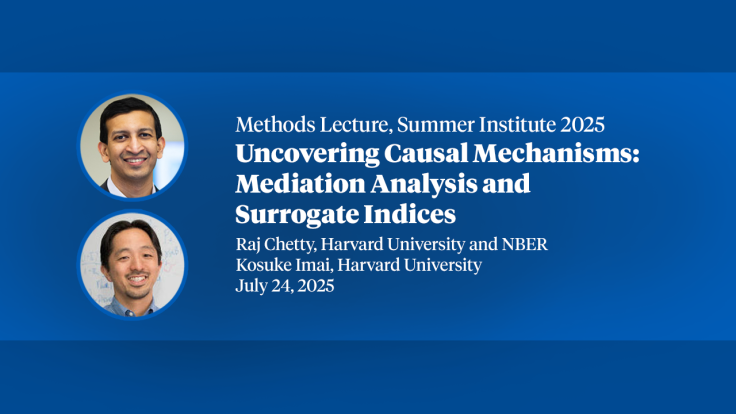Why Does Value-Added Work? Implications of a Dynamic Model of Student Achievement
Non-experimental value-added models have been shown to yield forecast-unbiased estimates of teacher and school effects. To investigate, we propose a dynamic state-space model of knowledge accumulation, in which test scores are imperfect measures of knowledge, and students receive temporary and persistent shocks to their stock of knowledge each period. The model identifies two primary sources of bias: transient factors in baseline scores (measurement error or transitory effects of prior teachers) and heterogeneous student growth rates. We propose diagnostic tests and corrections for each. Using eleven years of data from North Carolina, we find little evidence of heterogeneous student growth. Rather, the primary source of bias is attenuation of the baseline coefficient, which opens the door to selection on correlates of true baseline knowledge. Although conventional value-added estimates are biased for individual teachers due to attenuation, we find they are forecast unbiased when applied across a sample of teachers, due to the offsetting relationship between bias and teachers’ true effectiveness. When achievement follows the state-space model and there is no heterogeneity in growth rates, the attenuation-corrected value-added model (ACVAM) should yield unbiased estimates of a wide range educational interventions, not just teachers and schools.
-
-
Copy CitationDouglas O. Staiger, Thomas J. Kane, and Brian D. Johnson, "Why Does Value-Added Work? Implications of a Dynamic Model of Student Achievement," NBER Working Paper 34119 (2025), https://doi.org/10.3386/w34119.Download Citation


